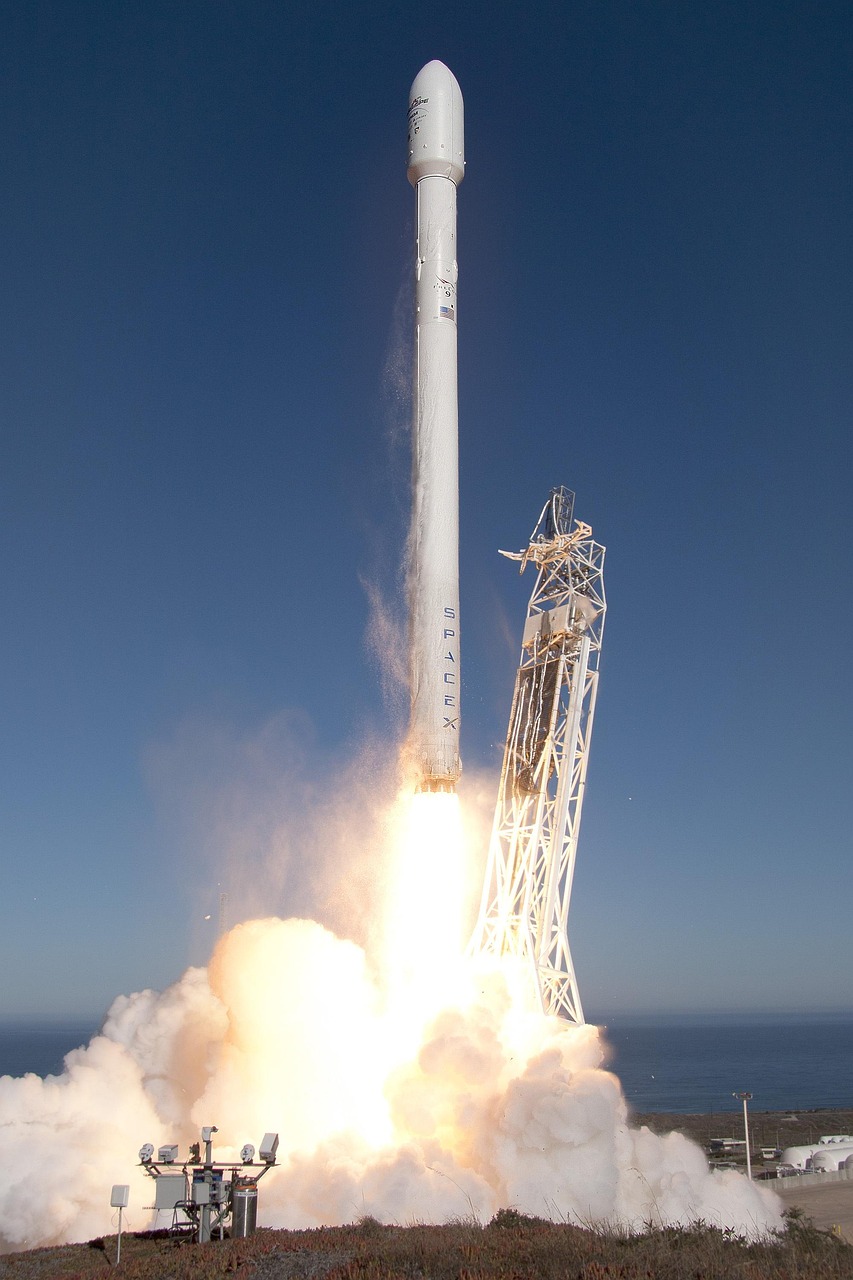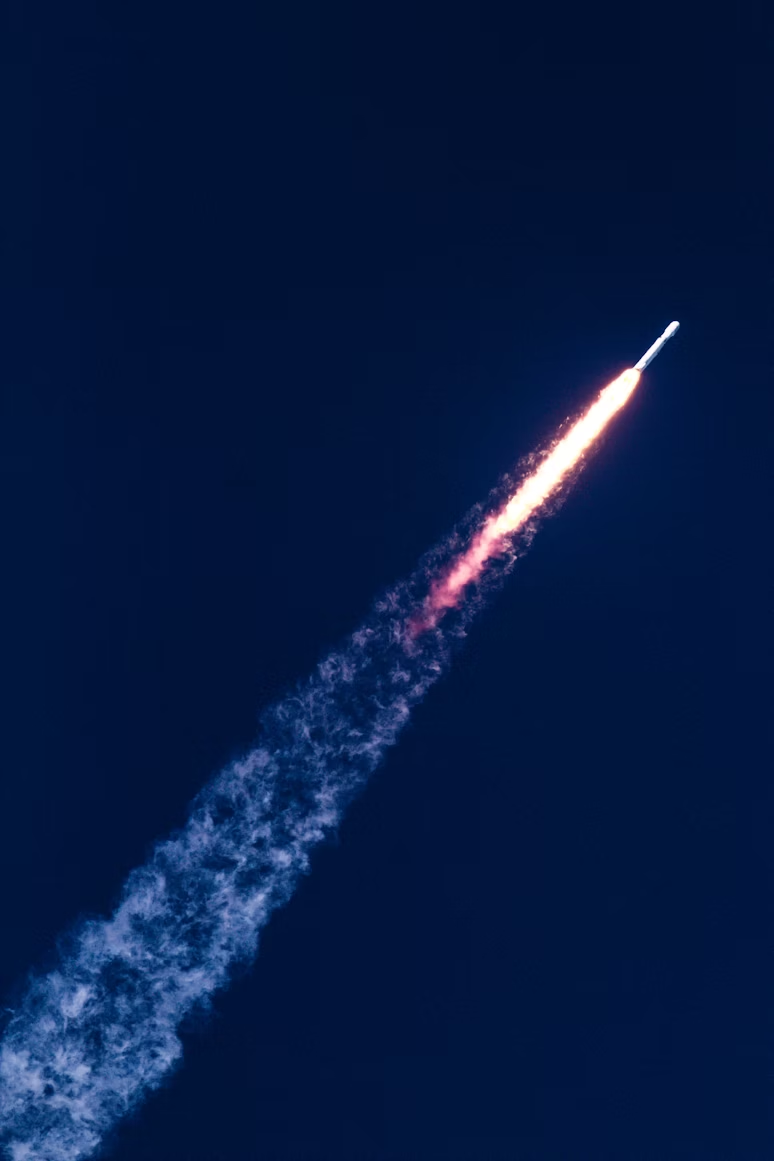
That Morning the World Got Weird
July 24, 2025. Seriously, pause for a second—there’s probably a SpaceX rocket roaring overhead right now. Wild, right? By this point in the year, they’ve sent up 89 rockets already—yeah, 87 Falcon 9s and, oh, just a couple of Starships. Bananas. But honestly, numbers don’t even do it justice. This isn’t just about rockets anymore. This is straight-up revolution. We’re not just launching stuff—we’re flipping the whole script on how people get to space.
Let’s talk numbers, though, because holy crap—the Falcon family just hit 500 launches this June. That’s counting the old-school Falcon 1s (five, for the nerds keeping score), 11 Falcon Heavy beasts, and a ridiculous 484 Falcon 9s. Five Hundred Launches. I mean, NASA’s Space Shuttle? That thing was legendary, and it managed 135 flights in three decades. SpaceX just steamrolled that, and they’re still ramping up.
Here’s the kicker: SpaceX is gunning for, wait for it, 170 launches in 2025. That’s basically a rocket every two days. Wrap your head around that. While you’re brushing your teeth or doomscrolling on your phone, SpaceX is out here rewriting the future—one thundering launch at a time.
Falcon 9: From Sci-Fi to Snooze-Worthy (in a Good Way)
It’s honestly bonkers how casual rocket science has become. Go back five years and the idea of this many launches? Total fever dream. Remember when Falcon 9 stuck that first landing in 2015? People lost their minds. Now? Unless something blows up, nobody bats an eye. It’s like, “Oh, another rocket landed, neat.”
But don’t get it twisted—routine doesn’t mean easy. Every single Falcon 9 ride is a symphony of perfectly-timed chaos. Thousands of parts, all doing their thing, in a place where physics itself is basically trying to kill you. Rockets still gotta hit 17,500 mph if they wanna hang out in orbit. Still gotta survive fire, ice, and g-forces that’d turn you to goo.
So what’s changed? SpaceX just got relentless about perfecting every step. The Falcon 9 Block 5 (the beefiest version yet) is basically a workhorse/rockstar hybrid. Vertical landings? All day. Booster cleanup and turnaround? Faster than swapping tires at a pit stop.
And now? Launches have gone industrial. The precision is nuts—like Swiss watch vibes, but with more fire and less snobbery. Refurbishing boosters at Formula 1 speed? Check. Launch teams running like a championship pit crew? Double check.

Just think: SpaceX bangs out more launches in a month than most countries manage in a year. They’ve turned “going to space” into a production line gig. Ten years ago, that was pure sci-fi. Now it’s…Tuesday.
Starship: Big Dreams, Big Booms, Bigger Future
Falcon 9’s the workhorse, but the real spicy story this year? Starship. Total game-changer. As of today, Starship’s flown six times—two in ‘23, four in ‘24, and now 2025’s already seen two. And this isn’t just a bigger rocket—it’s a whole new playbook.
This thing’s a monster. 120 meters tall, full-stack, towers over every rocket ever. We’re talking 100 tons to low Earth orbit, no sweat. But here’s the magic: Starship’s built to be totally and rapidly reusable. Like, fly it, land it, fuel it, go again. That’s the ticket to slashing launch costs so far you’d swear it’s a typo.
Getting here? Classic SpaceX. Build, blow up, learn, repeat. Those early Starship landings? Epic fireballs. The memes were glorious. But every kaboom was a step closer to making the thing work. Now? They’re sticking landings, and the FAA just green-lit them for 25 launches a year out of Starbase (plus 25 landings per stage, which is a lotta touchdowns). If that’s not a “hey, we trust you” from the government, I don’t know what is.
But the real tease? SpaceX says Starship’s gonna launch from Cape Canaveral by end of 2025. The first batch will roll out of Texas, but then—Florida, baby. Buckle up. The future’s coming in hot.Falcon 9’s Relentless Grind: When “Normal” Gets Wild
Alright, let’s be real—if you’d told anyone back in, say, 2018 that SpaceX would be cranking out launches like they were flipping burgers, you’d have gotten some serious side-eye. When that first Falcon 9 booster touched down in 2015? People lost their minds. Felt like sci-fi, honestly. Now? Unless one blows up or does a weird flip, nobody even blinks. Wild how fast “impossible” turns into “meh, just another Tuesday.”
But here’s the thing: just because it looks easy doesn’t mean it is. Every Falcon 9 launch is like threading a needle while riding a rollercoaster—thousands of bits and pieces have to dance together perfectly. Rockets still gotta blast from zero to 17,500 mph, still get roasted by heat that turns steel into a puddle, still get squished by insane G-forces. Gravity and physics aren’t cutting us any slack.
What’s actually changed? SpaceX just keeps tweaking, refining, and obsessing over every detail. The Block 5 Falcon 9, which rolled out in 2018, is basically the rocket equivalent of a battle-hardened video game character—tougher, smarter, and built for repeat abuse. They’ve figured out how to turn around boosters for another flight faster than an F1 pit crew changes tires.
The pace? Ridiculous. SpaceX launches more rockets in a month than some governments manage in a year. They’ve made firing stuff into orbit look like Amazon Prime for satellites. Land a rocket, hose it down, swap out the burnt bits, slap on a new badge—back on the pad in what feels like record time. It’s industrial, almost boring… which, yeah, is absolutely bonkers.

Now, About Starship: Chaos, Gigantism, and the Next Leap
Falcon 9’s the workhorse, but anyone paying attention knows the real circus is over in Texas with Starship. That thing? It’s not just a rocket. It’s like SpaceX looked at every sci-fi movie ever and said, “Yeah, let’s actually try that.” In 2025, we’re talking six launches already—two in 2023, four in 2024, and now two more. Progress with a side of kaboom.
Starship is massive—like, “makes Saturn V look like a toy” massive. 120 meters tall when stacked. Can haul 100 metric tons to low Earth orbit. Most important part? It’s meant to be 100% reusable. Not “refurbish a little here and there,” but “rinse, repeat, and go again,” which could nuke launch prices for good.
Of course, the road here’s been pure chaos: prototypes blowing up, flames shooting everywhere, social media having a field day. Each fail? More data. Each new launch? Closer to making it actually work. That’s classic SpaceX: build, break, learn, repeat.
And the government’s finally catching on. FAA just gave SpaceX the green light to launch up to 25 Starships a year from Starbase. That’s a fivefold jump, plus 25 landings for each stage. This is the kind of regulatory nod that says, “Alright, you maniacs seem to know what you’re doing. Go nuts.”
Best part? They’re not stopping in Texas. SpaceX announced plans to chuck Starships off the pad at Cape Canaveral by late 2025. That’s right, Elon’s rocket circus is headed to Florida, closer to NASA turf and Artemis missions. The scale-up is real.
Rocket Landings: Still Metal As Hell
Yeah, landings look routine now—but don’t let the livestreams fool you. It’s the tech equivalent of juggling chainsaws blindfolded. Here’s the scene: after staging, the booster is basically a skyscraper flying sideways at Mach 5, 80 kilometers up. It’s got to pull a U-turn, thread itself back through the atmosphere, and plop down exactly on a barge or landing pad. Margin for error? Practically zero.
The guidance computer is sweating bullets, calculating everything from wind gusts to how much the rocket weighs as it burns fuel. One mistimed “boost-back burn” and the thing could end up in the ocean or someone’s backyard (not ideal, unless you hate your neighbors).
As the rocket dives back in, it’s getting slapped by heat hotter than your oven on Thanksgiving. Nothing about this is easy. And yet? SpaceX makes it look like just another day at the office. Ridiculous, honestly.
Just wait until Starship starts sticking those landings too. The day that happens on a regular basis? Might need to invent a new word for it, because “revolutionary” just doesn’t cut it anymore.







Leave a Reply